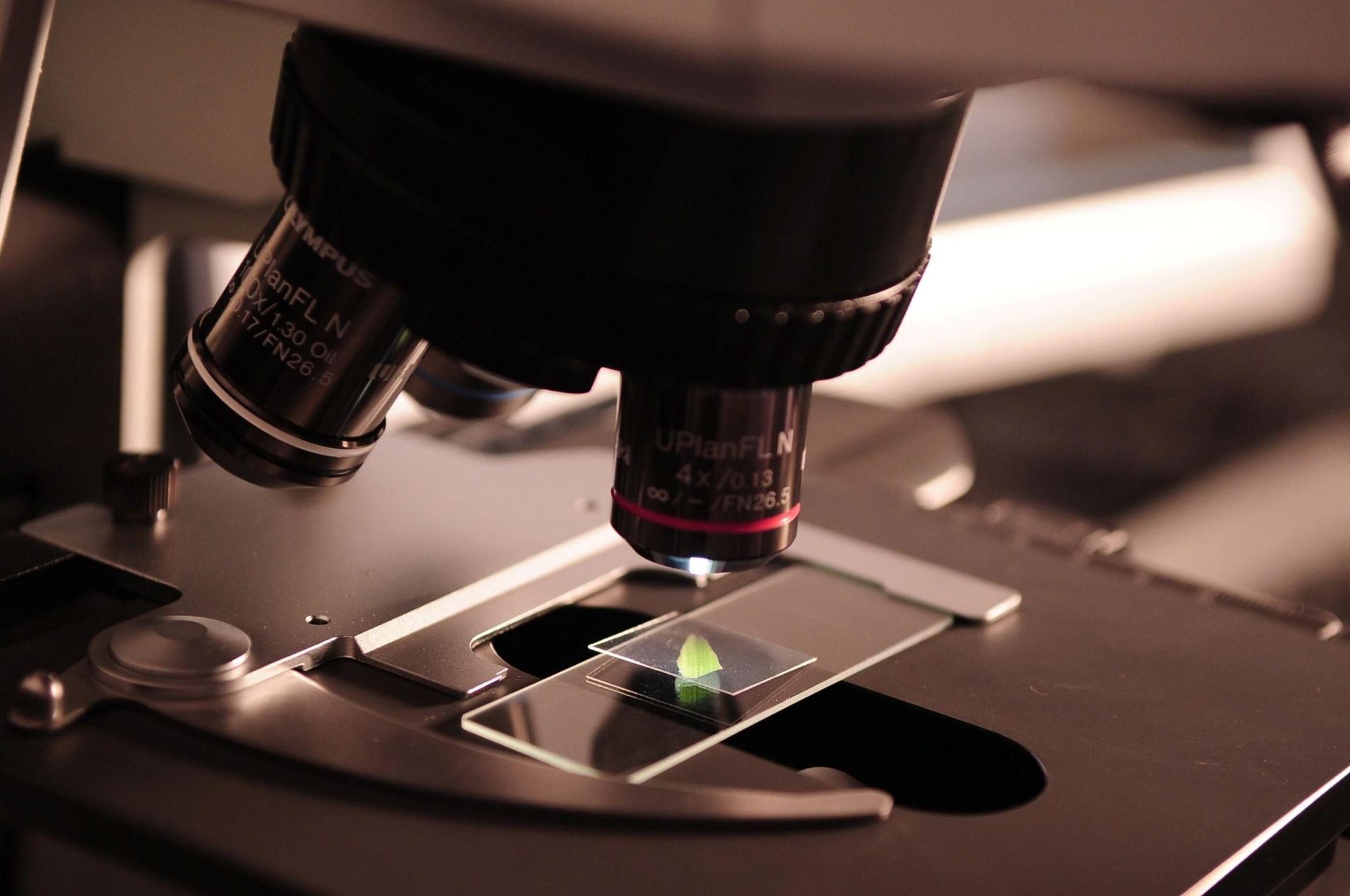The microscopy market has witnessed tremendous growth over recent years, driven by advancements in technology, increasing applications across diverse industries, and the growing demand for high-precision imaging techniques. Microscopes, which have traditionally been pivotal in scientific research, have expanded their role into industries ranging from healthcare to materials science, providing critical insights at a microscopic level. As the demand for more sophisticated imaging tools continues to rise, the market is projected to experience further expansion in the coming years.
Technological Advancements and Market Dynamics
The microscopy market has been significantly influenced by innovations in digital and optical technologies. The development of high-resolution imaging systems, advanced automation, and integration of artificial intelligence (AI) into microscopes have transformed the way scientists and technicians analyze samples. Technologies such as electron microscopy (EM), fluorescence microscopy, and atomic force microscopy (AFM) have become increasingly popular due to their ability to provide detailed and accurate imaging at nanoscale levels. These advancements have resulted in more efficient data collection, enabling researchers to achieve better results in less time.
In addition, the miniaturization of microscopes and the advent of portable models have made these tools more accessible for a broader range of applications. This portability has led to a surge in demand from industries such as pharmaceuticals, biotechnology, and environmental monitoring. The ability to perform high-quality microscopy on-site has enhanced the flexibility and practicality of these tools in real-world settings.
Healthcare and Pharmaceutical Applications
The healthcare sector has been a major driving force behind the growth of the microscopy market. Microscopes are essential tools in medical diagnostics, particularly in pathology and microbiology, where they are used to identify diseases, pathogens, and abnormalities at a cellular level. With the increasing prevalence of diseases like cancer, diabetes, and infectious diseases, the demand for advanced imaging technologies to diagnose and treat these conditions has surged.
In pharmaceutical research and drug development, microscopy plays an indispensable role in studying cellular structures, drug interactions, and the effects of medications on living organisms. Pharmaceutical companies are utilizing high-powered microscopy techniques to develop more effective treatments and vaccines, further fueling the demand for these tools. The ability to study biological processes at the molecular level has opened new avenues for personalized medicine and targeted therapies.
Materials Science and Industrial Applications
Microscopy also plays a crucial role in the field of materials science, where it is used to examine the properties and structures of materials at the microscopic scale. Techniques such as scanning electron microscopy (SEM) and transmission electron microscopy (TEM) are commonly used to investigate materials such as metals, polymers, and ceramics. This is especially important in industries like aerospace, automotive, and electronics, where material properties need to be carefully examined to ensure safety, performance, and durability.
The increasing complexity of manufacturing processes and the demand for higher-quality products have driven the need for precise material analysis. Microscopes enable the identification of defects, the measurement of surface morphology, and the study of material behavior under different conditions. As industries seek to improve production efficiency and product quality, the demand for advanced microscopy tools continues to grow.
Emerging Trends and Market Opportunities
The microscopy market is evolving rapidly, with several emerging trends shaping its future. One such trend is the integration of artificial intelligence (AI) and machine learning (ML) algorithms into microscopy systems. AI can assist in automating image analysis, enhancing accuracy, and reducing human error, which is particularly valuable in high-throughput environments like drug screening and diagnostic labs.
Moreover, the rise of nanotechnology is creating new opportunities for microscopy applications. As the demand for nanoscale materials and devices increases, so does the need for microscopy tools capable of imaging at atomic and molecular resolutions. This is opening up new avenues for research in fields like nanomedicine, nanophotonics, and quantum computing.
The shift towards digitalization in microscopy is another important trend. Traditional optical microscopes are being replaced by digital counterparts that allow for real-time image capture, analysis, and sharing. This is particularly beneficial in collaborative research environments, where remote access to imaging data is essential for global teams.
Conclusion
The microscopy market is experiencing significant growth, driven by technological advancements, expanding applications, and increasing demand for high-precision imaging solutions across various industries. From healthcare and pharmaceuticals to materials science and industrial applications, microscopes are indispensable tools for advancing research, improving diagnostics, and developing new products. As emerging technologies continue to shape the field, the microscopy market is poised for further innovation and expansion, presenting new opportunities for companies and researchers alike.



